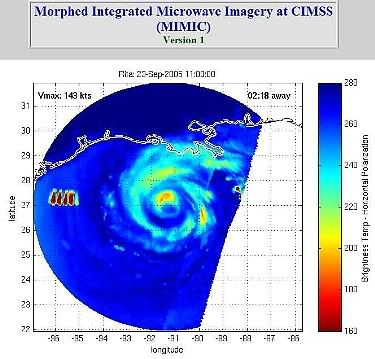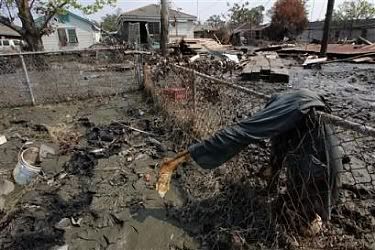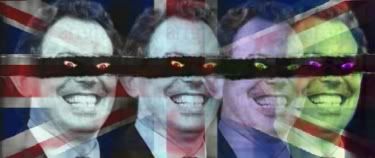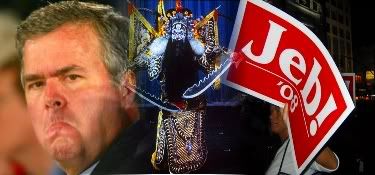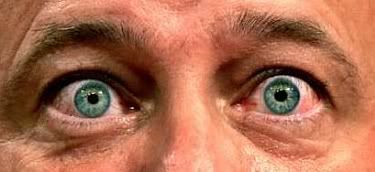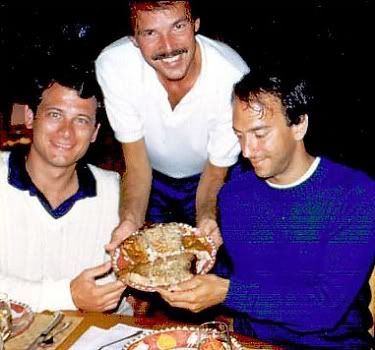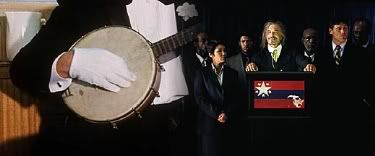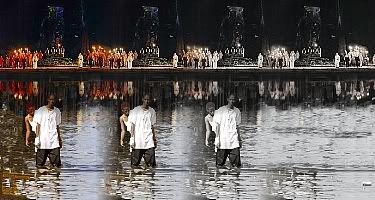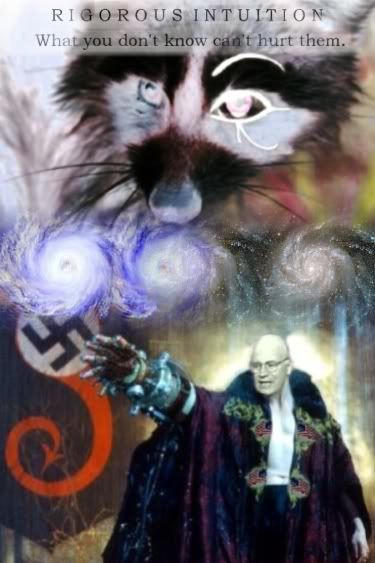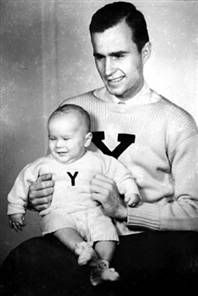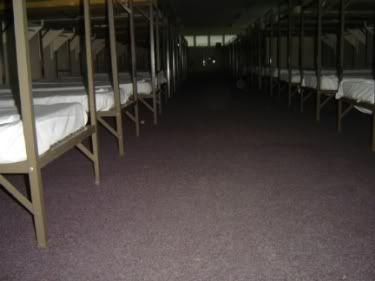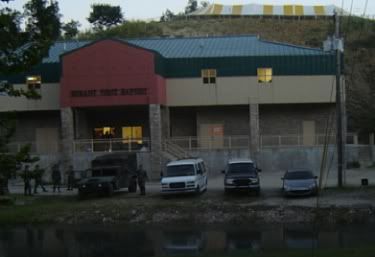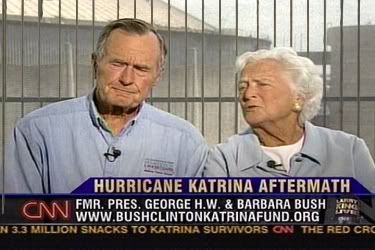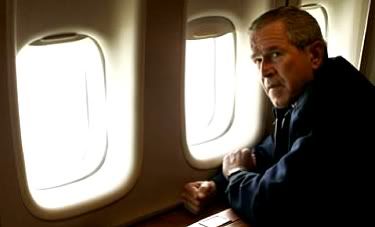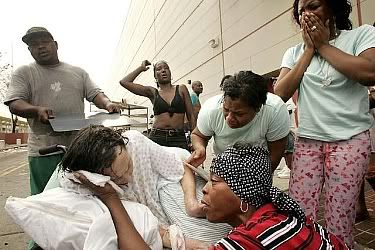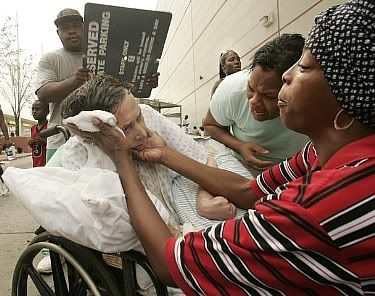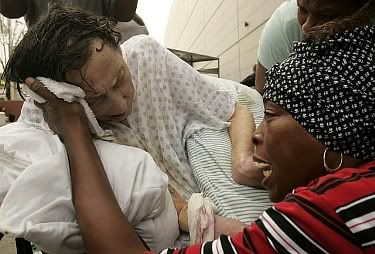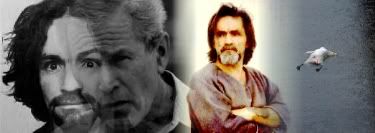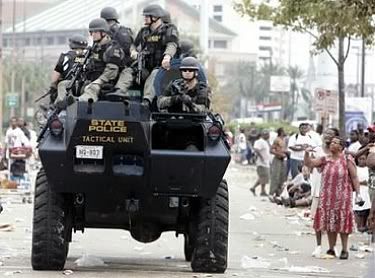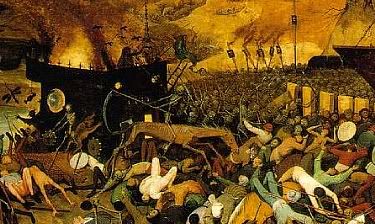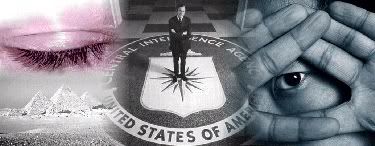 I see pieces of men marching, trying to take heaven by force
I see pieces of men marching, trying to take heaven by force
I can see the unknown rider, I can see the pale white horse - Bob DylanIn 1983 Ingo Swann, a senior colleague of the CIA's remote viewing program at Stanford Research Institute and
"Operating Thetan level VII", received a call at his home in New York City from a close friend, a US congressman. The caller asked if he could do a favour for a certain party in need of the services of someone with his skills. The friend was vague about the request, and may not even have known what he was asking, but told Swann the party could be trusted and he would be paid.
Jim Schanbel, in
Remote Viewers, tells what happened after Swann accepted the assignment, and followed his friend's instructions to stand on a Manhattan street outside a museum:
Two men with pseudonyms picked him up in a car, placed a blindfold on him, and drove him for a few hours out of town. When the blindfold was taken off, Swann was in a large underground installation. No one wore a uniform, but from the haircuts and physiques, and the way people took orders, he decided that at least some were US Marines.Swann was led into a windowless room, was introduced to some people, and was then allowed to settle himself before starting his remote viewing. The target was described only as a pair of coordinates. They were lunar coordinates, for Swann was being asked to remote-view a place on the moon. He soon did, and more coordinates were given to him. Before the day was out, Swann had described a variety of monumental objects, not human-made but not natural either, scattered across the cold surface of Earth's dusty cousin. Swann, according to the story, was then paid several thousand dollars in cash, and was driven back to his apartment in New York.Possibly the lunar coordinates were actually meaningless, and merely intended to test Swann's abilities. Regardless, this was just the beginning of Swann's work for the unidentified outfit, and it got stranger. One mission took him to Alaska, where he was flown by helicopter to a remote lake. His handlers told him that "something strange" happened at the lake, like clockwork. And in fact, is was about to happen again:
As Swann stood there, he saw a mist form over the lake, and then an unearthly triangular object rose...sucking up water and shooting out bright beams of light, and then zoomed off into the distance. Well, his companions asked Swann, now that he had seen the strange thing, perhaps he could remote-view it an tell them what it was? Swann impatiently explained that that was not how remote viewing worked. He was too front-loaded now with information about the target to be able to remote-view it accurately, and in any case was too frightened by the experience to want to do any further remote viewings of extraterrestrials or their craft.
Schanbel also tells how another of the program's highly-regarded remote viewers, Joe McMoneagle, was driven to the Pentagon shortly before his retirement and escorted to a secure room. He was asked to remote view a target with no advance information. All he knew was that the "feedback" package, containing information regarding the target to be opened after his session, was highly classified. As he entered his "zone," McMoneagle viewed a "strange, complex high-performance aerial vehicle, apparently not of this earth." Afterwards the package was opened and he was shown the satellite photo inside, which showed an apparent UFO on a seemingly impossible flight path.
Of course, as I've
noted earlier, the CIA publically declared its remote viewing program a failure. The piling on even included the Temple of Set's Lt Col. Michael Aquino, who dismissed remote viewing as an "eyeball roller" in a paper for
The Intelligencer: Journal of US Intelligence Studies. Nevertheless, there are many contrary voices within military-intelligence who don't subscribe to the official view, like Major General Edmund R Thompson, who told Schnabel "I never liked to get into debates with the skeptics, because if you didn't believe that remote viewing was real, you hadn't done your homework."
Perhaps the program needed to be shutdown and given a thorough debunking because of its success: it was
getting too close to the secrets of the military-occult complex, and it operated beyond the control of those who profit by the secrets remaining hidden. The experiences related by Swann and McMoneagle suggest blind tests, run by those who
know, who wanted to discern how good these guys were, and how close America's own psychic spies were to crashing their party. Pickett and Prince's
The Stargate Conspiracy describes how many remote viewers "spontaneously reported encountering pyramids" during their sessions, and that concurrent with its CIA-sponsored RV program, SRI was sending archeological teams to the Giza plateau to search for secret chambers beneath the Sphynx and within the pyramids.
One of the most fascinating accounts in Schnabel's book describes the "haunting" of Livermore Laboratory. Between it and Los Alamos, much of the US military's nuclear weapons R&D was conducted there. By the mid-70s, a number of Livermore personnel had learned of SRI's program, and become sufficiently alarmed by the security implications that they decided to investigate psychic phenomena for themselves. As Schabel tells it, "the Livermore group quickly found themselves involved in more strangeness than they could handle...they began to feel that they were collectively possessed by some kind of tormenting, teasing, hallucination-inducing spirit."
Both in the laboratory and at home, Livermore scientists and their families began experiencing visions. Sometimes in the middle of a room, an "almost comically stereotypical" image of a UFO would appear, "always about eight inches across, in a gray, fuzzy monochrome, as if it were some kind of hologram." (Interestingly, a similar phenomenon was observed by participants in the five-year
"Scole Experiment", researching life after death. "On one occasion,"
writes Robin Foy, "we even witnessed a miniature UFO flying around the cellar where we held our sessions.")
Sometimes they would see shamanic visions of fantasic animals. Enormous raven-like birds visited the yards of several members. One appeared at the foot of the bed of physicist Mike Russo, terrifying both him and his wife, as it stared at them. Audio and video tapes of experiments picked up other things, things that shouldn't have been there, like a "distinctive, metallic-sounding voice, unheard during the actual experiment but now clearly audible, if mostly unintelligible."
(That metallic voice
sound familiar? It seems to turn up a lot. Jack Sarfatti
took a call from one in 1952. It claimed to be a conscious computer onboard a spacecraft, identifying him as as one of "400 young bright receptive minds we wish to [memory failure]." It said if he agreed, he would link up with the others in 20 years. Twenty years later and Sarfati was at - wait for it - Stanford Research Institute.)
Physicist Don Curtis and his wife were sitting in their living room one evening when suddenly an arm appeared, hovering before them:
The arm was clothed as if it belonged to a man wearing a plain gray suit. There was no bloody stump were it should have connected with a shoulder. It merely faded into clear space. But at the end of the arm where a hand should have been, there was no hand, only a hook. The hooked arm twisted around for a few seconds in front of Curtis and his wife, and then disappeared.Team members began questioning their sanity. Physicist Peter Crane called for help, and brought in CIA analyst and parapsychologist Richard Kennett to meet with the group. To Kennett, "they perspired, trembled, and even wept openly" as they described their experiences. These were professional scientists with high-level clearance who had had no history of involvement in the occult. If he referred them to a psychiatrist the diagnosis would probably be some dissociative disorder. When Kennett listened to the metallic voice on the tape, he realized there was something deeper here:
Among the few intelligible words it pronounced were two or three together which Kennett recognized as the code name of a very closely held government project. The project had nothing to do with psychic research, and neither it nor its code name was known to Crane or Russo or the others at Livermore. It was as if whoever or whatever had produced the code name on the tape had known that Kennett would soon arrive on the scene and had saved this special shiver down the spine just for him.(And wouldn't it be interesting to know what "closely held government project" the metallic voice named?)
Kennett reported the code-name incident to CIA security, "muting the outlandish details only slightly." Mike Russo received a telephone call from the strange, metallic voice, demanded that Livermore group cease its psychic research. When it did, within a month, the bizarre events had also ceased.
Kennett called SRI's Hal Purthoff and Russell Targ, and asked that they meet with him in Washington on their next fundraising tour of government offices to discuss the Livermore events. A few nights later they arrived, and Kennett met them in a hotel room close to midnight. He sat them down and told them the whole story, including the floating arm.
"And so the goddamn arm - The thing was rotating, with this gray suit on, and it had a hook on it. It was a false arm. What do you think of that?" As Kennett pronounced
that, there was a heavy pounding on the door. According to Schnabel, the pounding was so loud it was frightening. Kennett went to the door.
Standing in the doorway was a man who at first glance was remarkable only by his unremarkableness. He was nondescript and unthreatening, somewhere in middle age. He walked past Kennett very slowly, with a stiff gait, to the middle of the room, between the two beds. He turned around, and said in an oddly stitled voice. "Oh! I guess...I...must...be...in...the wrong...room." And with that he walked out, slowly, stiffly, giving all of them time to see that one sleeve of his gray suit, pinned to his side, was empty.One source, who didn't want his name used, told Schnabel "We tried to find him. We walked up and down the halls. But none of us had the balls to ask the hotel desk, 'Hey, did you see that gray-suited, one-armed guy from space?'"
Some of the remote viewers, years before the movie, termed their trance-like zone the matrix, and described sessions as "switching on a beacon" within it, which sometimes attacted strange things.
Duane Elgin was a futurologist at SRI who became involved in psychic research after a colleague flipped a coin and aske him to call heads or tails, and he called it correctly 33 times in a row. He told
New York magazine in 1975, "Once you discover that space doesn't matter, or that time can be travelled through at will so that time doesn't matter, and that matter can be moved by consciousiness so that matter doesn't matter - well, you can't go home again."
And maybe that's what we're waking up to: an occult elite that's had its beacon on for quite some time, and haven't been at home here for a long while.


